DC-DC step down module MP1584EN: Pinout, Datasheet, Features and Applications
Introduction
The MP1 and high efficiency make it a popular choice for a wide range of applications. In this blog post, we'll delve into the various aspects of the MP1584EN, from its description to its technical intricacies.584EN is a versatile and widely used step-down (buck) voltage regulator. It's compact size.
MP1584EN Description
The MP1584 is a high-frequency step-down switching regulator integrating an internal high-side high-voltage power MOSFET. MP1584 adopts the current control mode, which can provide 3A current output and fast loop response through a simple compensation design. The wide input range of 4.5V to 28V makes it suitable for a variety of step-down applications, including those in automotive environments. The 100µA operating quiescent current allows use in battery-powered applications. By reducing switching frequency under light load conditions to reduce switching and gate drive losses, the MP1584 achieves high conversion efficiency over a wide load range. The frequency reduction function helps prevent the inductor current from running out of control during startup, and the over-temperature protection ensures the stability and reliability of operation. Using a high frequency of 1.5MHz, the MP1584 can prevent EMI (electromagnetic interference) noise problems in some applications, such as possible interference problems in AM radio and ADSL applications.
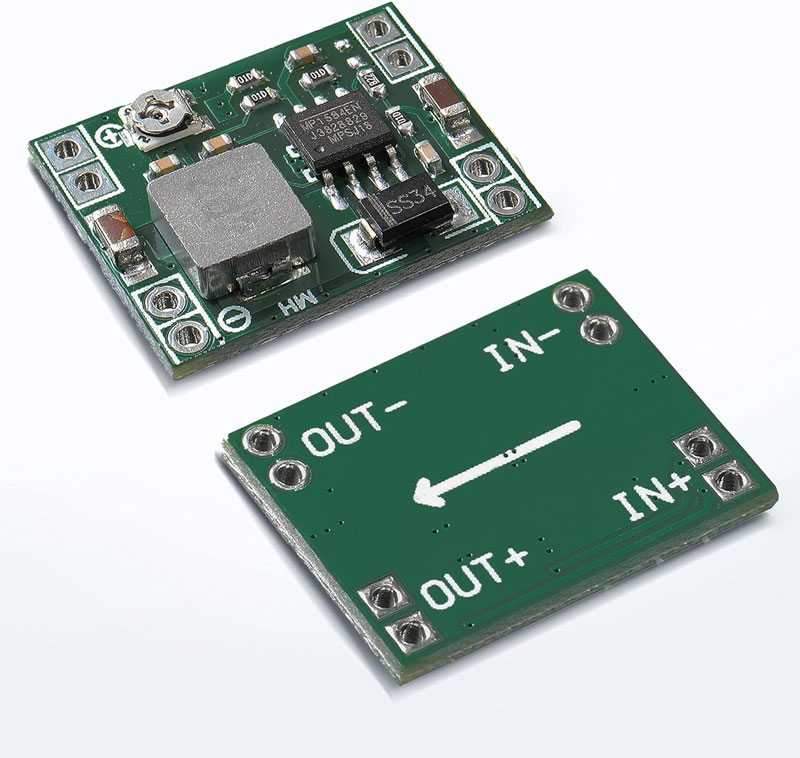
Figure1-MP1584EN
MP1584EN Pinout
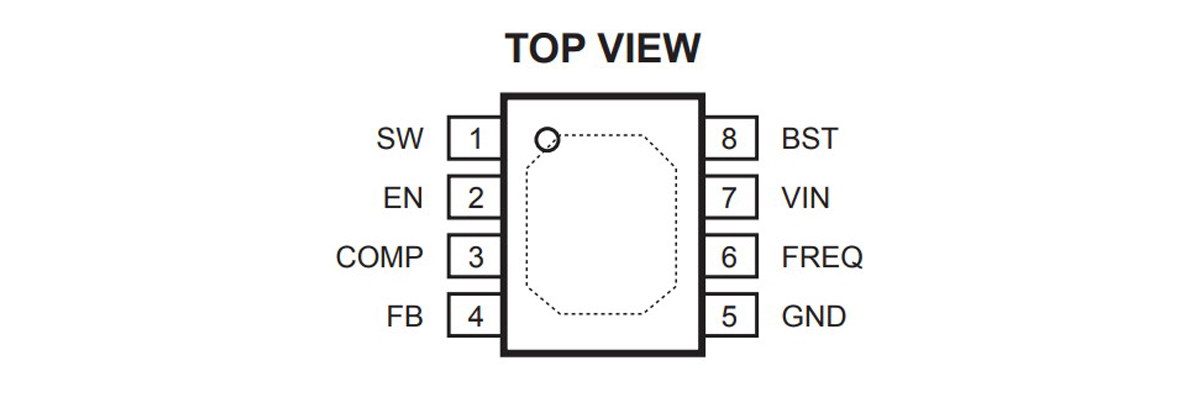
Figure2- MP1584EN Pinout
The MP1584EN typically comes in a small form factor with a few pins that serve different functions:
- VIN (Pin 1): Input voltage.
- GND (Pin 2): Ground reference.
- EN (Pin 3): Enable the pin, used for turning the regulator on or off.
- FB (Pin 4): Feedback pin, used to set the output voltage.
- SW (Pin 5): Switching node.
- VOUT (Pin 6): Output voltage.
MP1584EN Specification
|
Manufacturer |
|
|
Function |
Step-Down |
|
Topology |
Buck |
|
Output Type |
Adjustable |
|
Mounting Type |
Surface Mount |
|
Package / Case |
8-SOIC (0.154", 3.90mm Width) Exposed Pad |
|
Product Status |
Active |
|
Current - Output |
3A |
|
Number of Outputs |
1 |
|
Output Configuration |
Positive |
|
Frequency - Switching |
100kHz ~ 1.5MHz |
|
Operating Temperature |
-20°C ~ 85°C (TA) |
|
Synchronous Rectifier |
No |
|
Voltage - Input (Max) |
28V |
|
Voltage - Input (Min) |
4.5V |
|
Voltage - Output (Max) |
25V |
|
Supplier Device Package |
8-SOICE |
|
Voltage - Output (Min/Fixed) |
0.8V |
MP1584EN Features
The MP1584EN boasts several features that contribute to its popularity:
Wide Input Voltage Range: It can handle a wide range of input voltages, making it suitable for various power sources.
High Efficiency: Thanks to its synchronous rectification, it achieves high conversion efficiency, minimizing power loss.
Adjustable Output Voltage: The output voltage can be adjusted via an external resistor divider network connected to the FB pin.
Over-Current Protection (OCP): It has built-in protection against excessive output currents, safeguarding connected devices.
Thermal Shutdown: The device includes a thermal shutdown feature that prevents it from overheating.
Small Footprint: Its compact size makes it suitable for space-constrained applications.
MP1584EN Package
The MP1584EN is available in various packages, including the standard TO-220 and TO-263 packages. These packages provide different levels of thermal performance and ease of soldering, catering to different application needs.
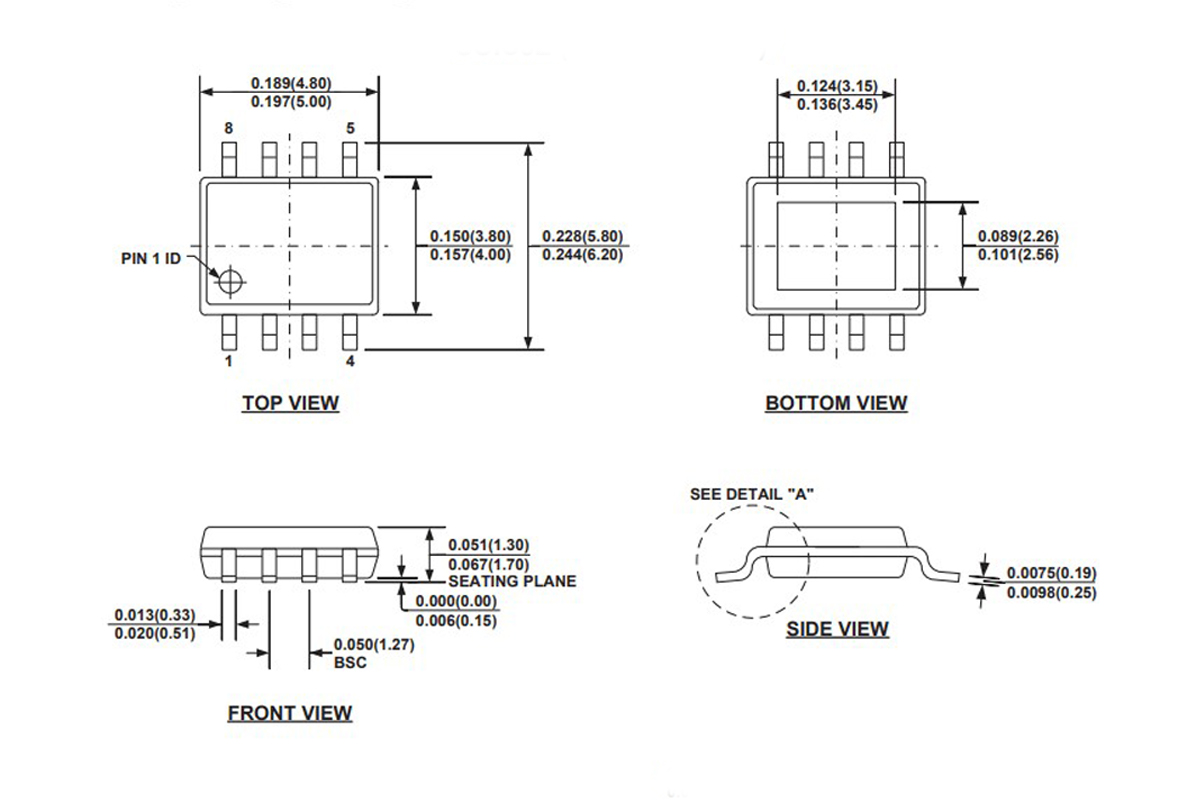
Figure3-package
MP1584EN application circuit
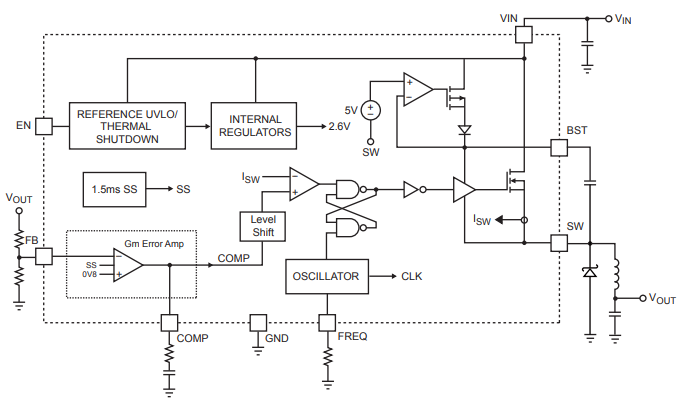
Figure 4: Example application circuit using the MP1584EN
In Figure 4, you can see a typical application circuit using the MP1584EN. The input voltage (VIN) and ground (GND) are connected to Pins 1 and 2, respectively. The feedback network sets the desired output voltage, and Pin 3 (EN) controls the enable/disable function.
Technical Aspects of the MP1584EN
The MP1584EN operates on a pulse-width modulation (PWM) control scheme, regulating the output voltage by adjusting the duty cycle of the internal switch. It employs synchronous rectification to enhance efficiency, utilizing both a high-side and a low-side MOSFET.
Thermal considerations are important when using the MP1584EN, as excessive heat can affect its performance. Adequate heat sinking or airflow should be provided in high-power applications.
In conclusion, the MP1584EN is a versatile and efficient step-down voltage regulator that finds its way into a myriad of electronic devices. Its compact size, wide input voltage range, and high efficiency make it a popular choice among engineers and hobbyists alike.
MP1584EN Application
The MP1584EN finds applications in a wide array of devices and systems, including but not limited to:
Battery-Powered Devices: It's used to efficiently regulate battery voltages to power various components.
Voltage Regulator Modules: It's employed in voltage regulator modules for microcontrollers, sensors, and other components.
LED Drivers: It's utilized in LED driver circuits to provide stable and regulated power to LEDs.
IoT Devices: It's a popular choice for low-power IoT devices that require efficient voltage regulation.
MP1584EN Applications Case in Real Word
-
Can we use MP1584EN for a 3D Printer?
my goal here was to step down the 24v power supply on my 3D printer to a 12v power source so I could upgrade the poor cooling on my Ender 3 v2.
After reading the reviews about the input capacitor popping, I decided to do my initial test start with everything still open. The printer fired up, no pop, everything looked good. I closed up the power supply, with its custom cover and new 90mm fan.
When plugging in my Raspberry Pi to the front USB port I always seemed to get the display screen powering up, no doubt powered by the USB port. That said, this time I noticed something different. The new fan I installed also started up but at a very low RPM. I powered up the printer and immediately "POP!"... There goes the capacitor.
If I had to venture a guess, I'd say the cap was overloaded by a mixture of the power supplied through the USB port PLUS the power created by the power supply. Unfortunately, without some additional wiring, it doesn't seem like there is a way around this problem. THAT SAID, even with the popped capacitor the 12v.
-
How did you use the buck converter in your project?
I used this buck converter to convert a set of solar LED string lights to run off the 12v battery in my tent camper. I simply connected it to a spare 12v battery on my bench to set the output to 3.5v before shrink-wraping and installing it by splicing it into the existing exterior light circuit on the trailer. I was concerned that a higher input voltage while charging the trailer battery may affect the output voltage but it does not. Steady 3.5v regardless of input voltage. I will report back on dependability and heat generation after I've run them for an extended time in a few weeks.
Notes: Remember to consult the datasheet and application notes provided by the manufacturer for detailed specifications and guidelines on using the MP1584EN in your specific application. Happy tinkering!

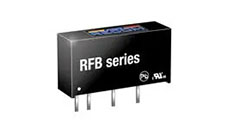 DC-DC converter RFB-0505S: Specification,Datasheet,Features and Applications6/13/2024 450
DC-DC converter RFB-0505S: Specification,Datasheet,Features and Applications6/13/2024 450The RFB-0505S is a DC-DC converter from RECOM Power, Inc., belonging to the RFB Series. It features a Single In-Line Package (SIP7) and provides a single unregulated output. This converter offers 1 watt of power with an output voltage of 5V and is rated for an isolation voltage of 1kV.
Read More >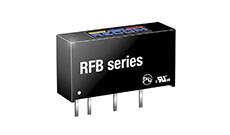 Understanding the RFMM-0505S DC-DC Converter: A Comprehensive Guide6/4/2024 631
Understanding the RFMM-0505S DC-DC Converter: A Comprehensive Guide6/4/2024 631In the world of electronics, ensuring efficient power management is crucial for the performance and reliability of devices. One of the key components in achieving this is the DC-DC converter. Today, we dive into the specifics of the RFMM-0505S DC-DC converter, exploring its features, applications, and benefits.
Read More >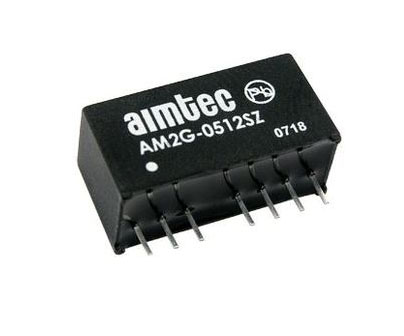 12V DC-DC Converter AM2G-0512SZ: Specifications, Datasheet, Applications and Features6/3/2024 539
12V DC-DC Converter AM2G-0512SZ: Specifications, Datasheet, Applications and Features6/3/2024 539A DC-DC converter is an essential electronic device to convert a direct current (DC) source from one voltage level to another. These converters are widely employed in various applications, including portable electronic devices, automotive systems, and renewable energy installations.
Read More >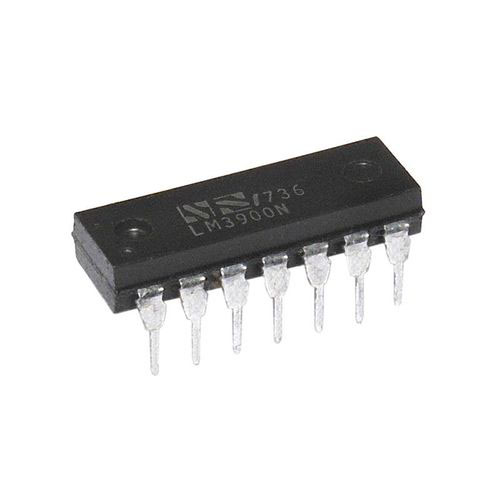 What is LM3900 Quadruple Norton Operational Amplifier?5/30/2024 1134
What is LM3900 Quadruple Norton Operational Amplifier?5/30/2024 1134The LM3900 consists of four independent dual-input internally compensated amplifiers. These amplifiers are specifically designed to operate on a single power supply voltage and provide a large output voltage swing. They utilize current mirrors to achieve in-phase input functionality. Applications include AC amplifiers, RC active filters, low-frequency triangle waves, square wave, and pulse waveform generation circuits, tachometers, and low-speed, high-voltage digital logic gates.
Read More >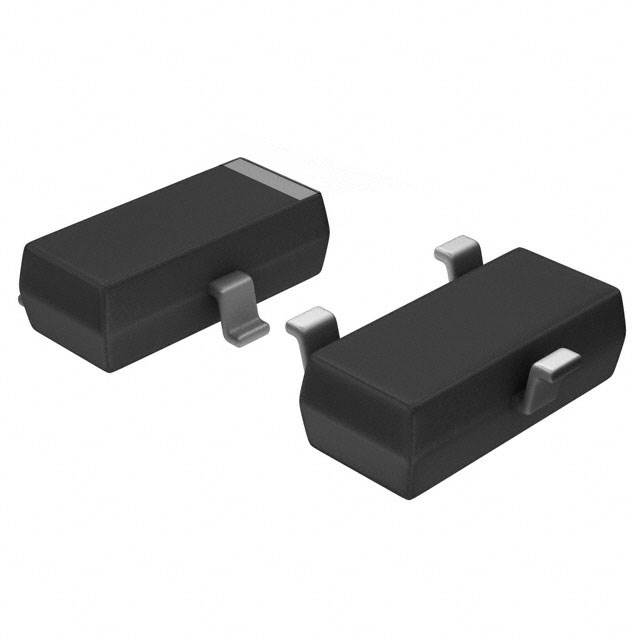 Exploring the MMBT3906 Transistor: A Comprehensive Guide5/24/2024 783
Exploring the MMBT3906 Transistor: A Comprehensive Guide5/24/2024 783The goal of the Taiwan Semiconductor MMBT3906 PNP Bipolar Transistor is to provide a high surge current capability with minimal power loss. This transistor is perfect for automated installation and has high efficiency.
Read More >














